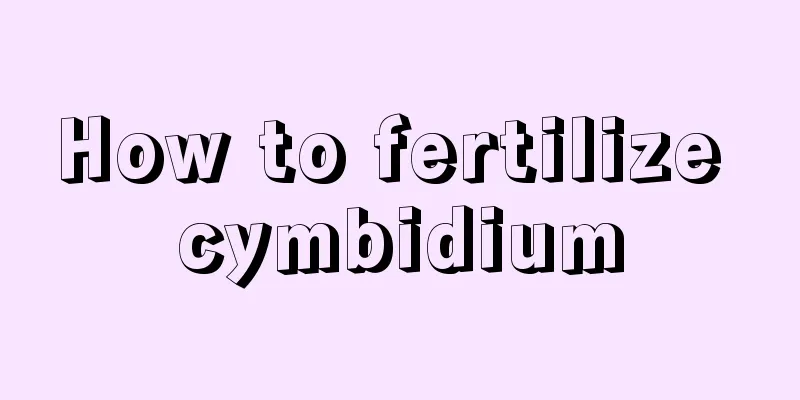Cultivation methods and precautions of Australian pine red plum How to care for pine red plum

|
The Australian pine red plum is native to Australia, New Zealand and other southern hemisphere regions, and has been introduced to my country in recent years. Its flowers are brightly colored and fragrant, and have high ornamental value. So how to care for the Australian pine red plum? How to care for Australian pine red plumAustralian pine red plum is very easy to grow. But it has poor cold resistance and needs to be placed in a warm place in winter. It is also not heat-resistant and needs proper shade in summer. In addition, it needs to maintain a suitable temperature for it to grow better. Cultivation method of Australian pine red plum1. Temperature When cultivating Australian pine red plum, its growth temperature should be controlled between 18-25 degrees . When the temperature is too high in summer, pay attention to cooling it down, otherwise the growth rate of the plant will slow down. In winter, insulation measures should be taken in time, otherwise the plant will enter a dormant state and stop growing. 2. Watering When growing Australian pine red plum, watering should follow the principle of watering when the soil is dry and watering when the soil is wet. Watering is only needed when the soil is dry. At other times, it is sufficient to keep the soil slightly moist. Do not over-water, which will cause water accumulation in the pot and cause root rot. 3. Fertilization Australian pine red plum likes fertilizer, especially during the growth period of the plant, it is necessary to apply appropriate fertilizer. The frequency of fertilization is about once a month . We should follow the principle of applying small amounts of fertilizer frequently and avoid excessive fertilization. Australian pine red plum maintenance precautionsWhen caring for Australian pine red plum, you should pay attention to regular pruning . Generally, after the flowering period ends each year, the withered flowers and long branches should be cut off. This can avoid wasting nutrients of the plant, stimulate the germination of new buds, and maintain the beauty of the plant. |
>>: How to grow traveler's banana and precautions
Recommend
What is perlite made of, and what are its functions and effects?
1. What materials are it made of? Perlite is not ...
How to quickly open the back of Monstera
1. How to open the back quickly If you want it to...
How to propagate the horse silver flower
Cuttings The most common way to propagate the Chi...
Jasmine cultivation methods and precautions
1. Watering Jasmine likes moist growing condition...
Can I grow chrysanthemums in pots at home?
Can I grow chrysanthemum potted plants at home? Y...
When is the best time to plant okra?
Okra, known as the "king of vegetables "...
Complete list of nail orchid varieties
Henna multiflora As the name suggests, the multi-...
How to water Verbena
How to water Verbena Verbena needs more water in ...
Is lilac a shade or sun-loving plant?
Do lilacs prefer shade or sun? Lilac is a sun-lov...
How to grow peony and what to pay attention to
The peony is a flower of great ornamental value a...
Why are the leaves of Anthurium turning yellow and dry?
1. Insufficient sunlight Reason: If you place ant...
Is it suitable to use a large or small pot for Tiger Pilan?
Is it suitable to use a large or small pot for Ti...
When is the best time to sow seeds?
Sowing time of Koelreuteria paniculata seeds The ...
Is it better to use a large or small pot for the succulent Jade Butterfly?
Should I use a large or small pot for the succule...
Cultivation methods and precautions of the succulent Staghorn Begonia (how to maintain it so that it blooms)
Staghorn begonia is a perennial succulent shrub. ...









